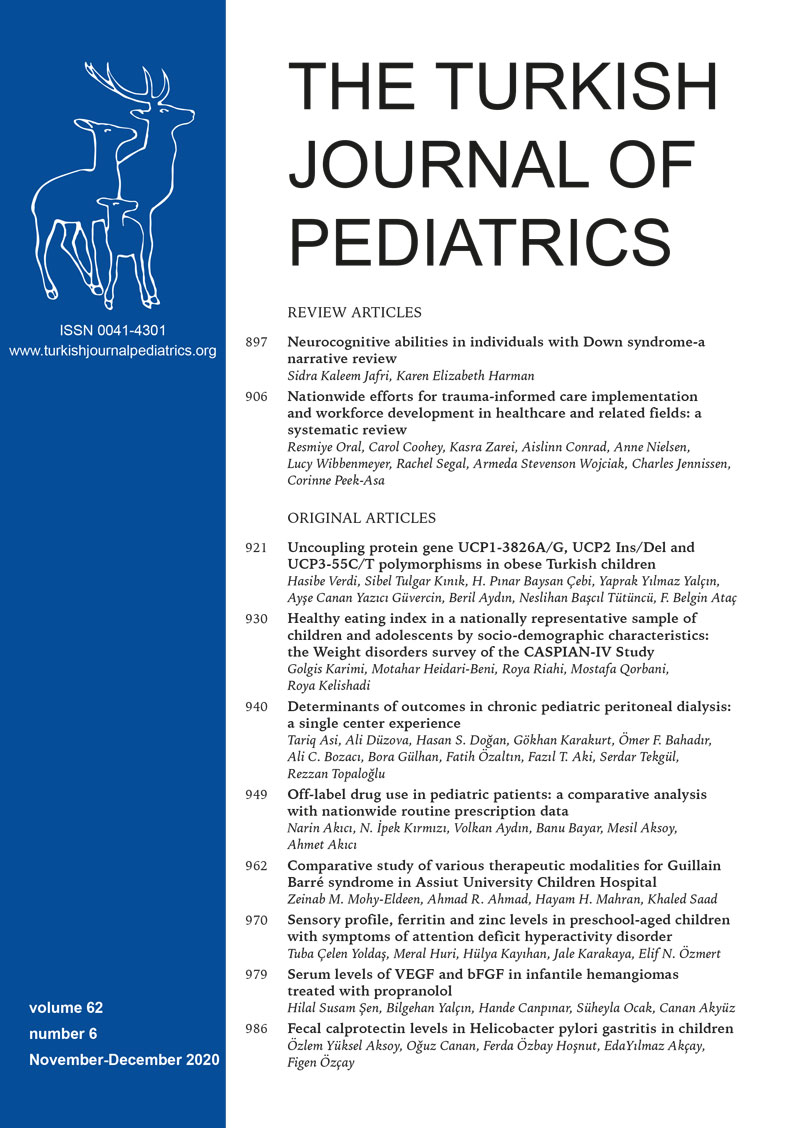Abstract
Background. To date, the diet quality of Iranian students in relation to socio-demographic characteristics was not studied. The present study aimed to explore the association between the healthy eating index and sociodemographic characteristics among a nationally representative sample of Iranian children and adolescents.
Methods. This nationwide study was conducted in 5187 children and adolescents, aged 6-18 years. Data regarding socio-demographic variables, lifestyle factors, family and student dietary habits, and quality of life were gathered via validated questionnaires. The Alternate Healthy Eating Index-2010 (AHEI-2010) was used to calculate diet quality scores.
Results. The odds of high diet quality was 24% lower in adolescents (13-18years) compared to children aged 6-12 years (OR 0.76, CI 0.64-0.89, p= 0.001). Students in families with moderate (OR 1.30, CI 1.13-1.49, p < 0.001) and high socioeconomic status (OR 1.36, CI 1.18-1.57, p < 0.001) were 30% and 36% more likely to have a higher diet quality score, respectively. Lower mean AHEI-2010 scores (CI) were found for low socio-economic status (46.18-47.10), adolescents 47.40 (46.94-47.82), boys 47.51 (47.14-47.88) and South-East area 47.19 (46.54-49.15) (p < 0.05) due to lower intake of fruits and vegetables and high intake of sodium and sugar-sweetened beverages.
Conclusions. The overall diet quality of Iranian children and adolescents was low with disparities across sociodemographic variables notably age and familial socio-economic status.
Keywords: adolescents, children, diet quality, socio-demographic
Copyright and license
Copyright © 2020 The Author(s). This is an open access article distributed under the Creative Commons Attribution License (CC BY), which permits unrestricted use, distribution, and reproduction in any medium or format, provided the original work is properly cited.














